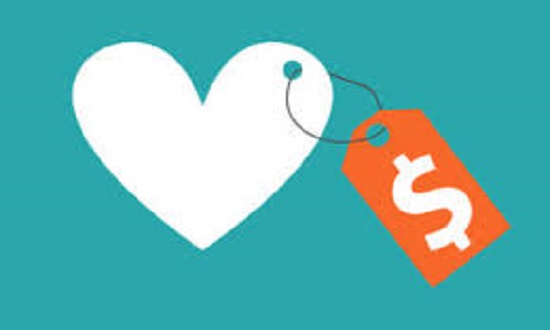Matchmaking websites have been around for a long time, with a set of entrenched ones—such as Match.com, eHarmony, okcupid, and Tinder—that have been used by millions of couples, and many married couples first met online. So Facebook is late to the party, particularly when it apparently can take an average of 34 messages before a couple exchanges phone numbers and an average of 84 matches to find a mate.
However, high-tech matchmaking has become a $3 billion business, due to its shyness- overcoming nature, rapid marriage results, and stability of marriages.
This sizable business has been made possible by the advanced software and hardware that underlie the Worldwide Web. But where there’s a will, there’s a way, so as early as 1959 a couple of Stanford undergraduate electrical engineering students—Jim Harvey and Phil Fialer—used paper questionnaires and an IBM 650 computer to pair up 50 men and 50 women. Today’s computers are 1,000,000,000,000 times as fast as this 1954-vintage computer, so it would be easy to work with Facebook’s 2.2 billion members, which are only 22,000,000 times as many as people as took part in the Stanford matchmaking.
As might be expected of bright and fun-loving young men, the full story is very amusing. Back in 1959, the shortage of dormitory rooms had led to their (and a few electrical engineering and KZSU friends) having to live off-campus, namely in the Los Trancos Woods community in Portola Valley. This location was perfect for a date-matching party. It also gave its name to the unconventional and entertaining Los Trancos Woods Community Marching Band.

